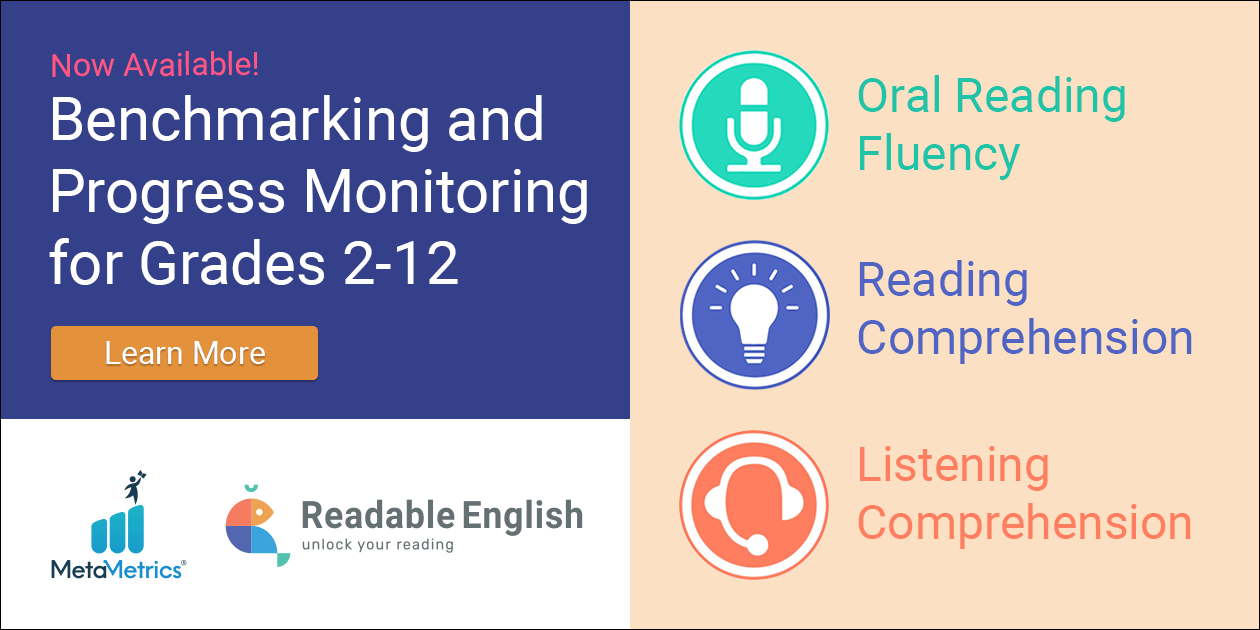Understanding Self-Teaching: How We Learn to Read on Our Own and How Readable English Facilitates the Process
Reading is a complex skill, and if you stop to think about how many words an average adult reader can recognize - anywhere from 30,000 to 70,000 -...
.png?width=350&height=60&name=Readable%20English%20Logo%20(1).png)

%202.png) Tim Waldron
Tim Waldron



